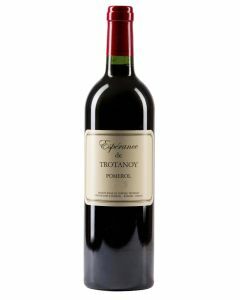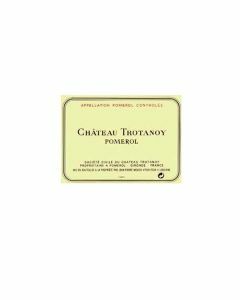Château Trotanoy
Situated only a few hundred yards to the west of Pétrus, Château Trotanoy is planted on a unique gravel and clay soil, underpinned by the famous Pomerol, iron-rich crasse de fer.
History
The vines of the 18th century ‘Trop ennuie’ formed the western extremity of Pomerol.
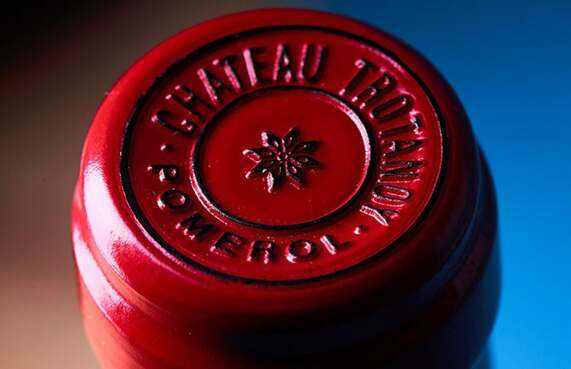
Only the central plateau was planted with vines at that time, whilst on today’s map of Pomerol, Trotanoy sits almost dead centre, due north of the village of Catusseau.
By the 19th century, Trotanoy had the twin distinctions of being Pomerol’s joint-largest volume producer and being ranked second in quality – behind Vieux Château Certan and ahead of Petrus.
Trotanoy can therefore be seen to owe its longstanding importance in the Pomerol fabric to both its historical size and its increasingly dominant geographical location.
Various plots were sold off over the years to settle inheritance expenses. One former parcel forms the core of today’s Château Latour à Pomerol. By 1908, the holdings had been reduced to a still-fairly-substantial 18 hectares. Jean-Pierre Moueix purchased Trotanoy in 1953.
This was both his most significant acquisition to date and the turning point in the estate’s history.
Under the steely resolve of Jean-Pierre and later the nurturing hand of his son Christian Moueix, Trotanoy rose to the position it holds today.
Cellar
Minimal intervention is the key here
The approach at Trotanoy was initiated by the great Jean-Claude Berrouet, who over five decades made some of the most legendary Pomerols, including at Trotanoy and Petrus.
It is, quite simply, to intervene as little as possible. Jean-Claude Berrouet’s last complete vintage at Trotanoy was 2006, when he was succeeded as technical director for Établissements Jean-Pierre Moueix by Éric Murisasco.
Éric had worked as cellar master alongside Jean-Claude since 1993, meaning continuity was and is assured. The grapes are sorted and fully de-stemmed.
An optical grape sorter is on hand if required, having been used at all Moueix properties since 2009.
Following fermentation and maceration for around three weeks in temperature controlled concrete vats, at a relatively low 26°C, the wine ages for 20 months in French oak barrels, 40-50% of which are new. It is fined with egg whites, with no filtration.
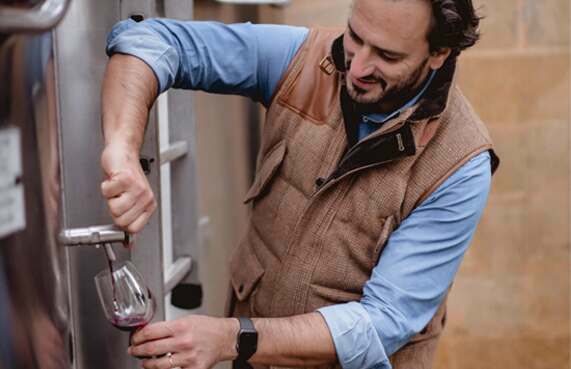
The Vineyards
The first impression of Trotanoy’s soils is of a sea of white pebbles, which shine piercingly in the sun.

These retain heat, helping protect against frost. They also become treacherously slippery when wet, whilst the clay beneath bakes solid in dry summers – hence ‘Trop ennuie’ – ‘too much’, ‘too difficult’...
The 7.2 hectares of vines here are planted partly on the western extremity of the plateau, partly on a west-facing slope. There is deep gravel at the top and progressively more clay as you descend. The subsoil contains sand and then a rock-hard layer of iron-rich soil, Pomerol’s famous crasse de fer.
The last significant replanting was a parcel of Merlot in 2002. Old vines prevail, the average age being nearly 40 years. The plantings are 90% Merlot and 10% Cabernet Franc, although the blend in 2022 is 96% Merlot, 4% Cabernet Franc. On average, only 20,000 bottles are produced per year.
The wines
Exclusive
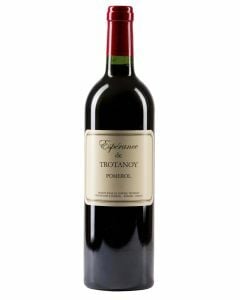
-
France
Bordeaux - Merlot blend
- ABV 14.5%
-
Drink now / lay down
2023 - 2032

